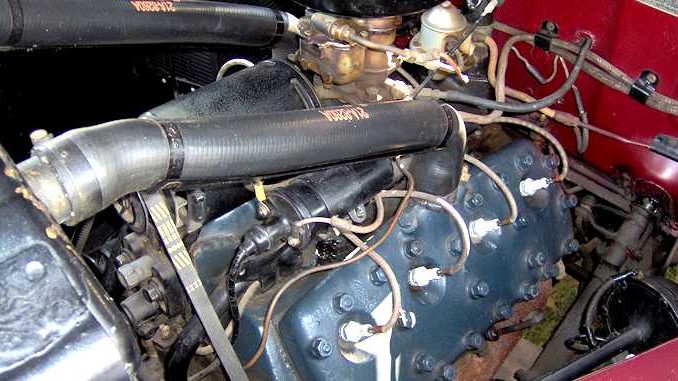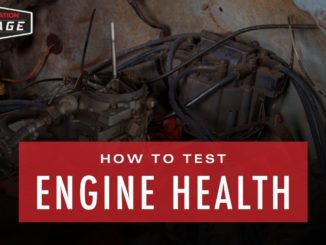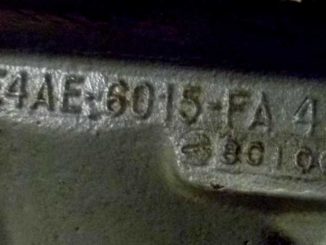
It is usually a cold engine, which is exposed to extreme weather that is difficult to start. However, a hot engine can have problems too.
They can be tough to start and many people don’t know how to deal with this situation when it occurs. With the intention of overcoming this dilemma, it is important to know exactly why it happens.
The most common reason why a hot engine will not start is related to fuel. When your car’s engine is too hot, fuel cannot circulate well.
This is due to the way vapor obstructs its workings and therefore the engine just will not start. It is suggested that you keep your engine running at the correct temperature by using the correct coolant.
A car engine will keep gaining temperature until it is shut off. During this time is when the highest concentration of vapor is circulating around and chances are, that it shall obstruct the engine to a greater extent. Obviously, when and if you are driving in hot weather and have just turned off the car engine you may experience start problems.
The solution is simple; you must wait for a few minutes until trying to start it again. The most sensible solution, of course, is to use a high-quality engine coolant.
Fuel-injected engines do not experience this problem as much as other engines, because the fuel remains inside the injectors under high pressure. Because of this, fuel-injected engines are subject to vapor issues less often than engines. Therefore, the vehicle does not have the same issues when it comes to starting a hot engine.
Another reason why you may have an engine, which is hard to start while hot, is that it may be due to seasonal weather as refiners change from one fuel blend to another. Petrol refiners often change a higher volatility fuel to a lower one when summer approaches.
This is simply because hot weather causes fuel to evaporate more quickly. If refiners change back to a higher volatility fuel, while vehicles are still exposed to days of extreme temperatures, this may cause swift evaporation of the fuel which, in turn, would create too much vapor within the engine.




